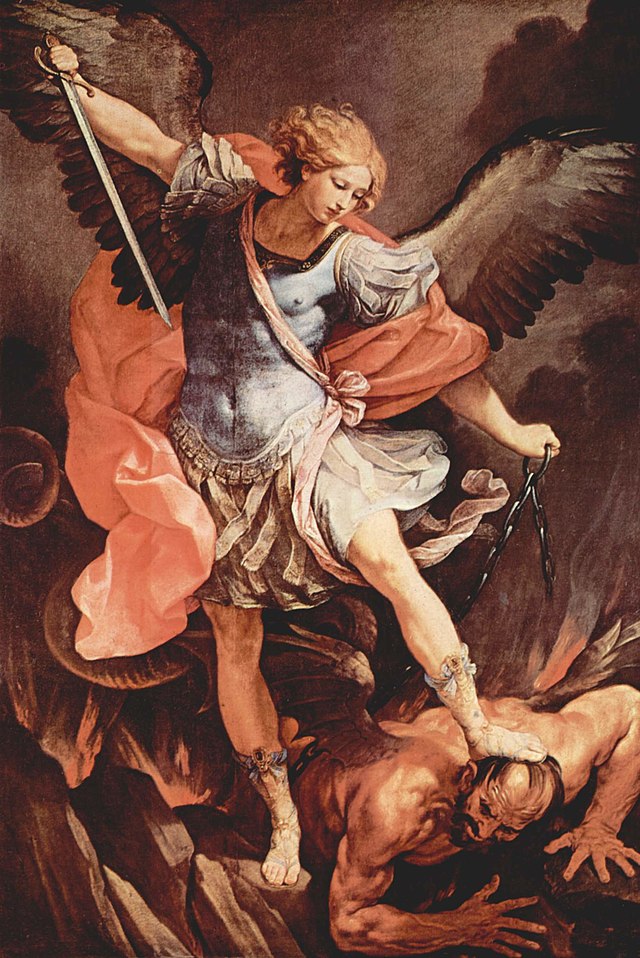Introduction
When you think of an angel, the image that likely comes to mind is of a serene, otherworldly being, ethereal and adorned with a pair of ornate wings. This common depiction, however, diverges significantly from their earliest portrayals in religious texts. Here we unravel the origins of this misconception and offer a more nuanced understanding of angels, not as a distinct species but as bearers of a divine role or ‘job title’ in the Judeo-Christian tradition.
Angels as Divine Messengers
The roots of angelic lore in the Western tradition lie deep within Jewish and Christian scriptures. Both the Hebrew term “mal’akh” and the Greek “angelos”, the root words for ‘angel’, primarily translate to ‘messenger’. This original meaning reflects the primary function of angels in the biblical context: they serve as divine messengers or agents of God, with their roles ranging from delivering prophetic announcements to meting out divine justice.
Interestingly, their function does not inherently necessitate flight, nor do they necessarily adopt human-like physical forms, despite common representations. The significant absence of explicit physical descriptions of angels in the Bible, particularly of wings, further supports this perspective.
Angelic Roles and Duties
The term ‘angel’ can be seen more as a role or job title, rather than a distinct species or type of creature. The wide array of angels mentioned in the Bible, such as Seraphim, Cherubim, and Archangels, each with unique roles or duties, lends credence to this interpretation. This array of roles suggests a hierarchical structure, reinforcing the understanding of ‘angel’ as a title or position within this celestial hierarchy.
For instance, in the books of Isaiah and Ezekiel, specific classes of heavenly beings, namely the Cherubim and Seraphim, are described as having multiple wings. Yet, these descriptions are more metaphorical than literal, serving to underscore their divine and otherworldly nature, as well as their unique roles within the celestial hierarchy. They are not merely different ‘species’ of angels; they are separate entities with distinct duties.
Artistic Interpretations and Cultural Perception
Despite the lack of explicit biblical support, by the 4th century CE, Christian art began to consistently depict angels with wings. This was largely an artistic convention that helped visually signify their celestial nature, and the ability to traverse between the earthly and heavenly realms, reinforcing their function as divine messengers.
Over time, the image of the winged angel has become deeply ingrained in the cultural consciousness. While not scripturally accurate, the wings serve an important symbolic function, visually differentiating angels from ordinary humans and emphasizing their divine origin and intermediary role.
Conclusion
In conclusion, the conception of angels with wings represents an intriguing intersection of scripture, tradition, artistic symbolism, and cultural evolution. The term ‘angel’, viewed more as a divine role than a distinct species, sheds a different light on these celestial beings, offering a fresh perspective on their ethereal representation.
Discussion Questions
- How have artistic and cultural representations of angels influenced our understanding of their roles and characteristics, particularly in the context of their depiction with wings?
- In what ways does viewing ‘angel’ as a role or ‘job title’ rather than a distinct species deepen or change our understanding of angelic beings and their function in religious texts?
- If the term ‘angel’ is seen as a divine role rather than a species, how does this affect our interpretation of different types of angels, such as Seraphim, Cherubim, and Archangels, described in religious texts?
Want to Know More?
“The Invisible Bestseller: Searching for the Bible in America” by Kenneth A. Briggs This book explores how biblical literacy and engagement have changed over time in American culture. The author discusses various interpretations of the Bible, which would include how angels are perceived, and how these interpretations have been influenced by cultural trends. This resource could help us understand why the popular image of angels has diverged so significantly from the biblical portrayal.
“The Origin of Satan: How Christians Demonized Jews, Pagans, and Heretics” by Elaine Pagels While the focus of this book is on Satan, it offers valuable insight into the broader topic of how early Christian interpretation and depiction of angelic and demonic figures have evolved over time. The book provides a historical perspective that could help us understand the origins of the popular imagery of angels.
“Angels: A History” by David Albert Jones This book provides a thorough historical overview of angels in different religious traditions, particularly Judaism, Christianity, and Islam. The author covers how the conception of angels has evolved over time, why certain depictions have become popular, and what the original texts say about these celestial beings. It would be a great resource to understand the divergence between traditional and popular depictions of angels.




